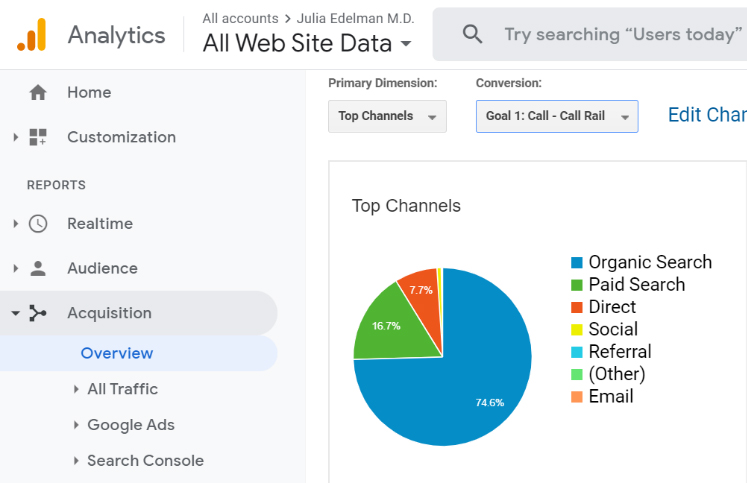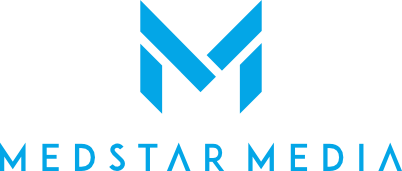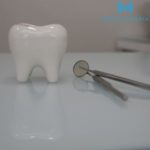WHY SEO IS SO IMPORTANT TO MARKETING YOUR PRACTICE ONLINE
SEO or Search Engine Optimization is integral to a robust online marketing campaign. SEO optimizes your website to appear in the “organic results” section of Google’s Search Engine Results Page (SERP). Organic results are different from paid results. Paid results use paid ads to generate traffic to your website.
What is organic traffic?
They call it organic because organic traffic isn’t bought, unlike paid ads. It is earned. Google awards organic rankings to websites that provide the best experience for its users. Google is incredibly particular in its ranking algorithm for websites that offer medical or wellness treatments.
Medical websites must demonstrate expertise, authority, and trustworthiness (EAT). The best way to do this is with great content. Text and media must:
-
Educate the reader
-
Address the user’s search query
-
provide authoritative information about services the business offers
The more quality content a website has, the more Google sees the website as “trustworthy.”
When is SEO critical?
Paid ads are a great way to become visible online immediately. SEO is more of a long-term strategy. However, ranking organically is especially important for certain businesses. If you are marketing a service that cannot be advertised with paid ads (like PRP or Ketamine treatments) or you’re competing in a saturated market (making paid leads very expensive,) SEO will be your best converting, least expensive, and most enduring marketing channel.
Why a Blog is the best place to start?
One of the best ways to optimize your website for ranking organically with Google is a blog. A blog is where industry leaders publish educational articles on their websites. These articles, commonly called “blogs” or “posts,” typically refer to 500+ word articles that address more nuanced questions your users may have on a certain service or topic.
Medspa keyword and Key Phrases
While your service page is optimized to rank for the most searched keyword, your blogs are optimized for longer search phrases, also known as long-tail keywords. Long-tail keywords are typically three words or longer.
While long-tail keywords are searched less often, they also have less competition and address the questions of consumers who are further down the sales funnel. Examples of good blog topics include:
-
"[SERVICE] near me”
-
“[SERVICE] before and after”
-
“How much does [SERVICE] cost?”
KNOW YOUR AUDIENCE: You are a medical professional, and you’ve been trained to write like one. However, to write blog content that converts, you must adapt your writing for your audience.
Your aim is writing at an 8th-grade reading level. Brevity and simplicity can be very challenging and time-consuming. As the famous philosopher Blaise Pascal famously wrote: “I would have written you a shorter letter, but I didn’t have time.
Check the readability of your content here: https://readable.com/
RESEARCH KEYWORDS: Content must be written around keywords. Google’s search engine matches a user’s search query with content that best addresses the question.
While your service page is optimized to rank for the most searched keyword, your blogs are optimized for longer search phrases, also known as long-tail keywords. Long-tail keywords are typically three words or longer. While long-tail keywords are searched less often, they also have less competition. This makes search phrases easier to rank for than search terms consisting of one to two words.
Do not underestimate the benefit of ranking for long-tail keywords.
SEO CASE STUDY #1
For example, in 2021, our client, SKINNEY Medspa, generated nearly 30,000 organic clicks to their website for a single blog I wrote then in 2018 using the key phrase “different laser hair removal systems.”.
For the blog, I wrote them using the key phrase “medspa etiquette on tipping,” SKINNEY Medspa generated 29,000 clicks. I wrote this blog in 2015, and it continues to bring in tens of thousands of website visitors each year.
SEO CASE STUDY #2
Another Medstar client, Julia Edelman MD, is a great example of how SEO can work for practices located in smaller markets. In 2021, Dr. Edelman had a fantastic year with unprecedented growth. The biggest source of her leads was organic. Blogs brought in 75% of her traffic. Paid search, in comparison, brought in 16%.

Dr. Edelman’s best ranking blogs:
/Emsculpt-v-CoolSculpting
/Emsculpt-for-diastasis recti
/EmSculpt-neo-cost
SEO CASE STUDY #3
Another client, the MedspaMD, received over 14,000 organic visits from the blog we wrote on “how to lose belly fat,” and 11,500 clicks for an article answering the question “how long does CoolSculpting last?
Blogs generate clicks. A lot of clicks…
Blogs bring in traffic. Some blogs bring in a lot of traffic. And remember, organic traffic is free. Think about how much it would cost SKINNEY Medspa to generate 30,000 clicks using paid ads for laser hair removal. Think how much it would cost the MedspaMD to generate 14,000 clicks using paid ads for CoolSculpting.
SEO, when done right, generates unparalleled ROI.
But that’s not all. In addition to bringing in more website visitors, SEO helps you interact with your consumers and establish yourself among the competition as an authoritative source and industry expert.
But Blogs aren’t everything
While an integral part of SEO, blogs are not the only thing necessary to optimize your website to rank organically. Other crucial components for good SEO include:
-
Inbound Links:
Inbound links come from other websites or online platforms that link to your website. Google sees inbound links as great indicators for authority. If other sites are linking to you, it must mean your website is a trusted authority within the industry.
-
Technical SEO:
Websites require good design and development. Good schema and layout will help Google’s search bots discover your website, which helps your rank in organic search results.
-
User-Friendly:
A user-friendly design ensures your web pages load quickly and visually appealing to users.
-
Local SEO:
Lastly, local SEO for med spas is quickly becoming a prominent way to become visible online. Local intent makes up nearly 50% of all search inquiries.
Showing up in local search results is the best way to find consumers who live in your area and actively search for your services.
Good Local SEO requires:
-
A robust Google Business Profile
-
Location indicators strategically placed within your website’s schema
-
Business listings in local and industry directories
-
Listing on Google maps
-
Google reviews (you need 40+ 5-star reviews)
Medstar Media Knows SEO
Medstar Media offers a comprehensive Medical Spa SEO package that provides your business with the vital components it needs to rank organically, generate free traffic, and convert more leads.
To set your business up with a great SEO strategy, our packages include:
Content Generation: We research industry trends and keyword data to discover the best topics to write about. We then write 2 (500+) word articles and post them to your blog page.
On-Site SEO: Each month, we provide 2 hours of onsite SEO to ensure your website loads quickly and is best optimized to rank in search engines.
Link Building: We help your website generate links by creating press releases and hiring industry influencers to write about your services and link to your website.
Local SEO: We create, optimize, and manage your Google Search Profile. We list you in over 30 directories, claim your listing on Google Maps and optimize your website for local SEO. In addition, we’ll teach you how to generate more positive reviews.
Reporting: We keep a close eye on your SEO campaign using several tools and platforms, including Google Search Console, Google Analytics, Bright Local, SEM Rush, Agency Analytics, and more. Each month, we report on your progress and provide insights into your overall SEO campaign.
SCHEDULE A MARKETING STRATEGY SESSION
*By submitting this form, you consent to receive automated marketing calls, texts, and emails from Medstar Media. Consent is not a condition of purchase. Reply ‘STOP’ to opt out.

Recommended Posts






